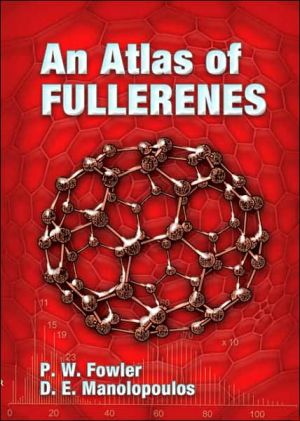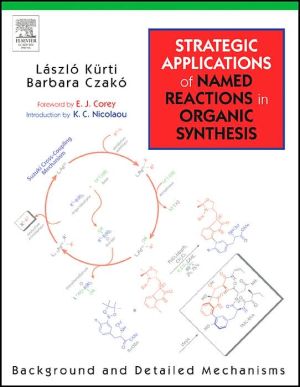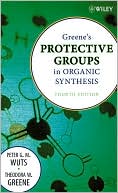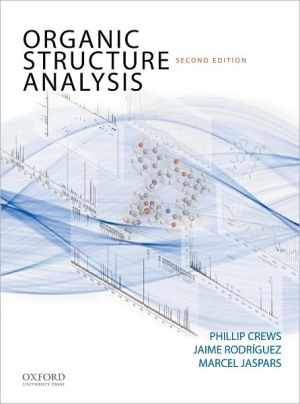An Atlas of Fullerenes
Students and researchers will appreciate this practical guide, which features acomprehensive set of pictures of fullerene structures and tabulates their properties. In addition, it lists a computer program that can extend the tables. Seven chapters of descriptive material precede the tables and serve as a self-containedintroduction. 1995 edition.
Search in google:
An Atlas of Fullerenes is the first comprehensive introduction to a subject of growing interest among chemists and physicists. Emphasizing the "first order" results that apply to the family as a whole, the atlas covers methods for generating and enumerating fullerene polyhedra, the systematic classification of electronic and spectroscopic signatures of fullerene isomers, isomerization via the Stone Wales re-arrangement, and hypothetical mechanisms for formation and fragmentation. Throughout, the text is complemented by a comprehensive catalog—almost 200 pages of pictures and tables—of fullerene isomers and documentation of a computer program that can be used to extend the catalog. The structural diversity encompassed by the fullerene definition of a trivalent carbon cage containing only pentagonal and hexagonal rings is simply staggering. An Atlas of Fullerenes, however, offers a systematic approach to the subject in what will surely be the standard reference for students, experimentalists who want to identify new fullerenes, computational chemists and physicists who seek to predict stable isomers and investigate general trends, and mathematicians attempting to unravel the secrets of this fascinating class of polyhedra.
Introduction 1The fullerene hypothesis 2From hypothesis to experimental fact 5The need for a systematic theory 9What this book contains 10References and notes 12Fullerene cages 15Fullerene polyhedra 15Fullerene duals 17The Coxeter construction 18Fullerene graphs 22The spiral conjecture 23The spiral algorithm 27How many fullerenes are there? 31A fullerene without a spiral 35Concluding remarks 39References and notes 41Electronic structure 43Qualitative molecular orbital theory 44Open, closed, and pseudo-closed shells 47Icosahedral fullerenes 50The leapfrog transformation 51Carbon cylinders 59Sporadic closed shells 62Conclusion 65References and notes 66Steric strain 68Steric strain and rehybridization 69The isolated-pentagon rule 73Pentagon indices forlower fullerenes 75Hexagon indices for higher fullerenes 80Steric strain in leapfrogs and carbon cylinders 84Selected higher fullerene examples 88References and notes 93Symmetry and spectroscopy 95The fullerene point groups 95Topological coordinates 101Symmetry assignment 105[superscript 13]C NMR spectra 111IR and Raman spectra 113References and notes 118Fullerene isomerization 120The Stone-Wales rearrangment 120Symmetry aspects 125Chirality and the Stone-Wales transformation 129Isomerization maps 131The C[subscript 60] Stone-Wales map 141Isomer distributions 145References and notes 147Carbon gain and loss 149C[subscript 2] insertion and extrusion 150Symmetry aspects of C[subscript 2] processes 153Insertion/extrusion maps 157References and notes 163The Spiral computer program 165Atlas tables 177General fullerene isomers C[subscript 20] to C[subscript 50] 180Isolated-pentagon isomers C[subscript 60] to C[subscript 100] 254Index 389








